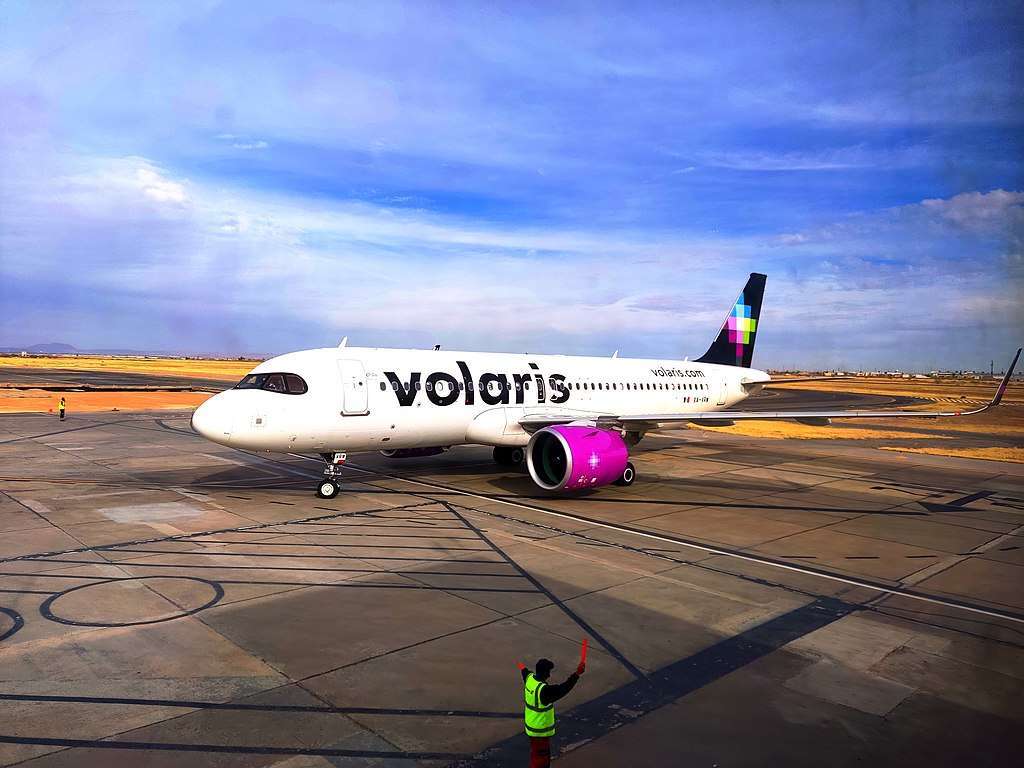Romania received a critical boost for its national airline, TAROM, with the European Commission’s green light for a €95.3 million (RON 473.69 million) restructuring plan.
This aid aims to restore TAROM’s financial stability while minimizing disruptions in the European aviation market.
TAROM’s Path to Recovery
In May 2021, Romania presented a restructuring plan to the Commission. It outlined strategies to streamline TAROM’s operations, modernize its aging fleet, and cut costs.
Following a thorough review, the Commission requested adjustments to ensure the plan complied with EU state aid regulations.
Romania responded with an updated plan, which includes:
- Debt Relief: Cancelling around €49.53 million (RON 246.19 million) in debt, encompassing the earlier rescue aid approved in February 2020 and accrued interest.
- Capital Injection: Providing an additional €45.77 million (RON 227.50 million) to strengthen TAROM’s financial footing.

EU Commission’s Assessment
The Commission evaluated the plan based on its guidelines for supporting struggling businesses. Here are the factors that convinced them:
Maintaining Regional Connectivity: The restructuring aid serves a vital public purpose – ensuring continued regional air links for Romanian citizens and businesses, contingent on TAROM’s successful recovery.
Addressing Core Issues: The plan directly tackles the root causes of TAROM’s financial difficulties by focusing on modernizing their fleet and reducing operational costs.
Proportionate Support: TAROM demonstrates significant commitment to its own revival by generating approximately €77.66 million (RON 381.12 million) through aircraft sales and a market-rate financial lease.
Safeguarding Fair Competition: The plan mandates a reduction in TAROM’s routes and fleet size to minimize distortions in the European aviation market. This reduced capacity will be maintained for the duration of the restructuring, ending December 31, 2026.
Based on these factors, the Commission approved the restructuring plan, paving the way for TAROM’s financial turnaround. This move not only supports Romania’s national carrier but also ensures continued regional air connectivity for its citizens and businesses.

History of TAROM Airlines
TAROM, standing for Transporturile Aeriene Române (Romanian Air Transport), is Romania’s national airline.
Its history stretches back decades, reflecting the evolution of air travel itself. Here’s a glimpse into TAROM’s journey.
Early Days and Soviet Influence (1920s – 1950s)
TAROM’s roots can be traced back to the 1920s with the establishment of the French-Romanian Company for Air Navigation (CFRNA). This early carrier operated the first transcontinental route connecting Bucharest to Paris. Following World War II and Soviet influence in Eastern Europe, CFRNA transformed into TARS (Transporturi Aeriene Româno-Sovietice) – a joint venture between Romania and the USSR.
During this period, TAROM primarily operated Soviet-designed aircraft like the Ilyushin Il-14 and Li-2s, serving domestic destinations.

Independence and Expansion (1950s – 1990s)
In 1954, Romania acquired the Soviet stake in TARS, marking the official birth of TAROM. The newly independent airline quickly expanded its network, reaching most European capitals within a few years.
By the 1960s, TAROM ventured beyond Europe, operating its first transatlantic flight in 1966. The 1970s saw further expansion with long-haul routes to New York, Beijing, and even Sydney.
During this era, TAROM played a vital role in connecting Romania to the world and facilitating trade and travel.
Post-Communism and Modernization (1990s – Present)
The fall of communism in Romania in 1989 ushered in a new era for TAROM. The airline transitioned from state control to a joint-stock company in the early 1990s.
This period also saw a focus on fleet modernization, gradually replacing Soviet aircraft with Western models.
TAROM continued to expand its network, adding new destinations across Europe and beyond. However, the airline also faced challenges, including competition from low-cost carriers and economic fluctuations.
Looking Ahead: Restructuring and Revival
In recent years, TAROM has undertaken restructuring efforts to ensure its long-term viability.
The European Commission’s recent approval of a €95.3 million restructuring plan signifies a crucial step towards financial stability.
This plan focuses on streamlining operations, modernizing the fleet, and reducing costs. With a renewed focus on efficiency and a commitment to regional connectivity, TAROM aims to continue serving as Romania’s national carrier for years to come.

Click the banner to subscribe to our weekly newsleter.

Click the photo to join our WhatsApp channel so then you can stay up to date with everything going on in the aviation industry!








